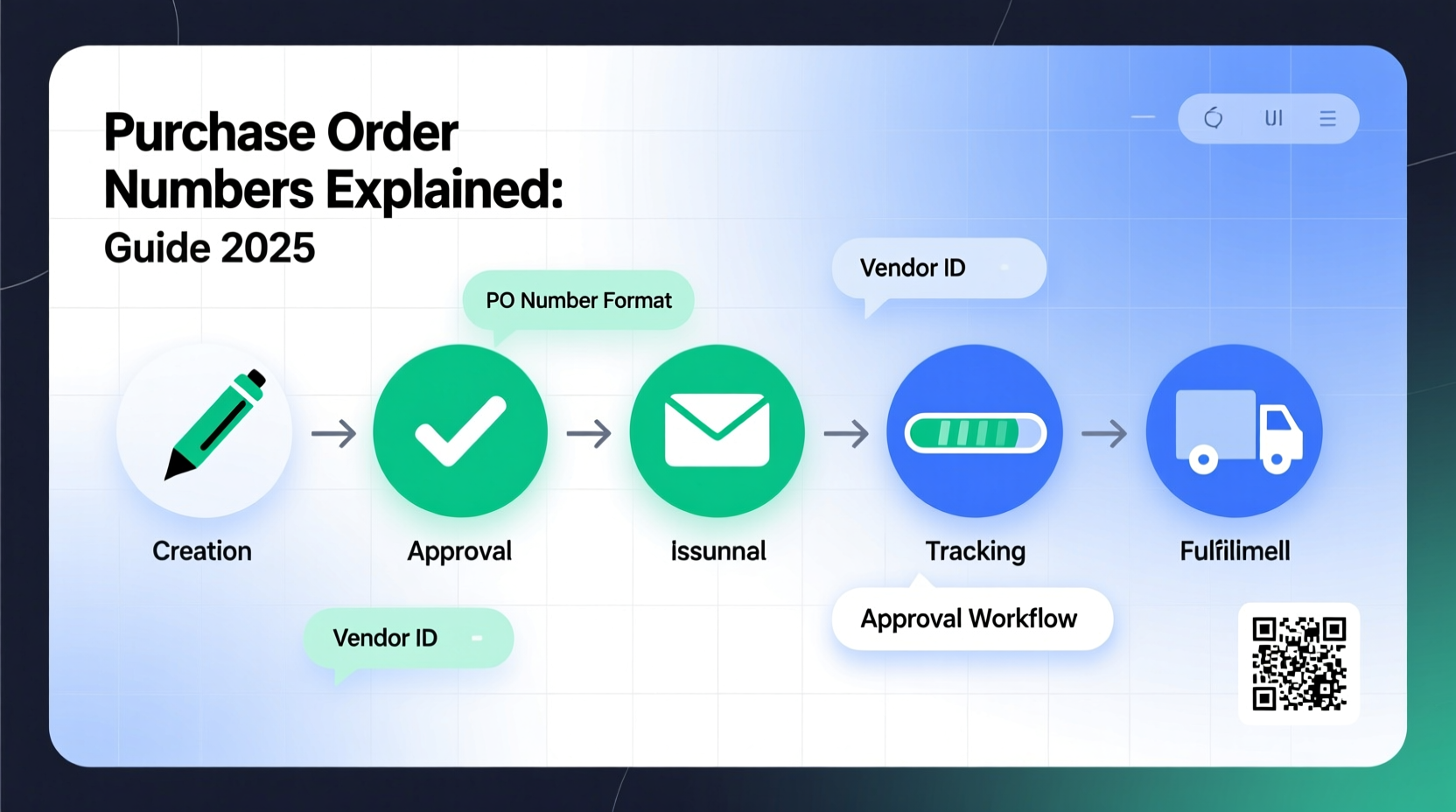Understanding the ins and outs of purchase order numbers is essential for businesses of all sizes. A purchase order number, often abbreviated as PO number, is a crucial identifier in the purchasing process that helps streamline transactions, track orders, and maintain financial clarity. Whether you're a seasoned business owner or just starting, knowing how to effectively use these numbers can save time and reduce errors in your procurement activities.
Introduction
In any thriving business, efficient purchasing processes are key to maintaining smooth operations and healthy supplier relationships. A purchase order number, or PO number, is a unique identifier attached to purchase orders made when buying goods or services. Its importance cannot be understated as it helps both buyers and suppliers track orders, manage inventory, and ensure accurate financial records. By using a PO number, businesses can quickly reference specific transactions, confirm receipt of goods, and resolve discrepancies. Additionally, having a structured system around purchase order numbers leads to better financial management and auditing efficiency. In this article, we'll take a deep dive into everything you need to know about purchase order numbers, from their creation to their role in real-world business scenarios.
Step-by-Step Operation Guide
Step 1: Creating a Purchase Order
- Open your business's accounting or procurement software.
- Select 'New Purchase Order' from the menu.
- Enter the PO number. This could be a sequential number like 00123 or customized to include the year, such as 2023-001.
- Add details for the supplier, including name and contact information.
- Fill out the items list you wish to purchase, including quantities and prices.
- Save and send the purchase order to your supplier.
Step 2: Tracking a Purchase Order
- Access the 'Purchases' or 'Orders' section in your system.
- Use the search function to enter the PO number.
- Check the order status and any updates from the supplier, such as shipping information or expected delivery dates.
Step 3: Receiving Goods/Services
- Upon delivery, verify contents against the purchase order using the PO number as a reference.
- Log any discrepancies or damages with the supplier, using the PO number to facilitate the conversation.
- Update your system to reflect received items, ensuring the inventory records are accurate.
FAQ
1. What information is typically included in a purchase order?
- Supplier details
- Buyer details
- Purchase order number
- Description of goods/services
- Quantities, prices, and totals
- Terms and delivery instructions
2. How is a purchase order number different from an invoice number?
| Aspect | Purchase Order Number | Invoice Number |
|---|---|---|
| Purpose | Identifies a specific order | Identifies a specific billing document |
| Issued by | Buyer | Supplier |
3. Can I reuse purchase order numbers?
- No, each PO number should be unique to avoid confusion and ensure accurate record-keeping.
4. How can purchase order numbers help with forecasting?
- By analyzing past orders based on PO numbers, businesses can identify trends and better predict future needs.
5. What should I do if a purchase order number is mistakenly duplicated?
- Quickly identify and rectify the error in the system to maintain accuracy in records and communication with suppliers.
Safety Precautions
Comparison Tables
| PO Number Feature | Benefit |
|---|---|
| Sequential Numbering | Simplifies tracking and auditing |
| Yearly Prefix | Immediately identifies the order’s fiscal year |
Incorporating a well-organized purchase order system with unique purchase order numbers is essential for effective business operations. It streamlines the procurement process, enhances inventory management, and provides clarity for financial auditing. By avoiding common pitfalls like duplication and maintaining clear communication with suppliers, a business can thrive in today’s competitive market. Implementing these practices will lead to improved efficiency and reduced errors, ultimately boosting your business’s bottom line.











 浙公网安备
33010002000092号
浙公网安备
33010002000092号 浙B2-20120091-4
浙B2-20120091-4